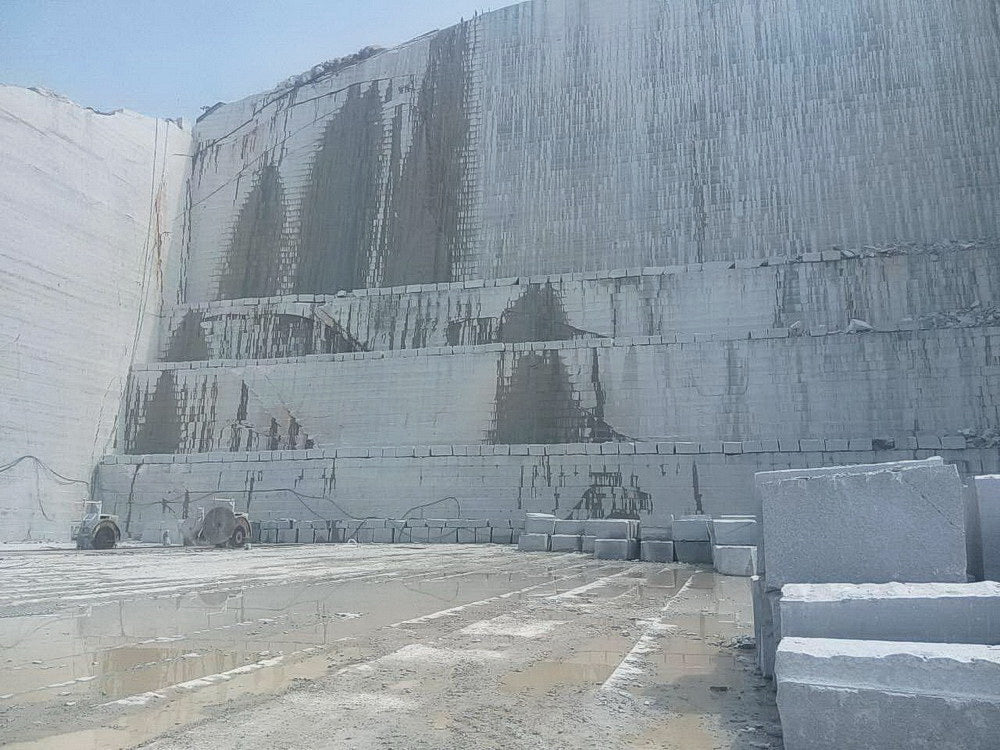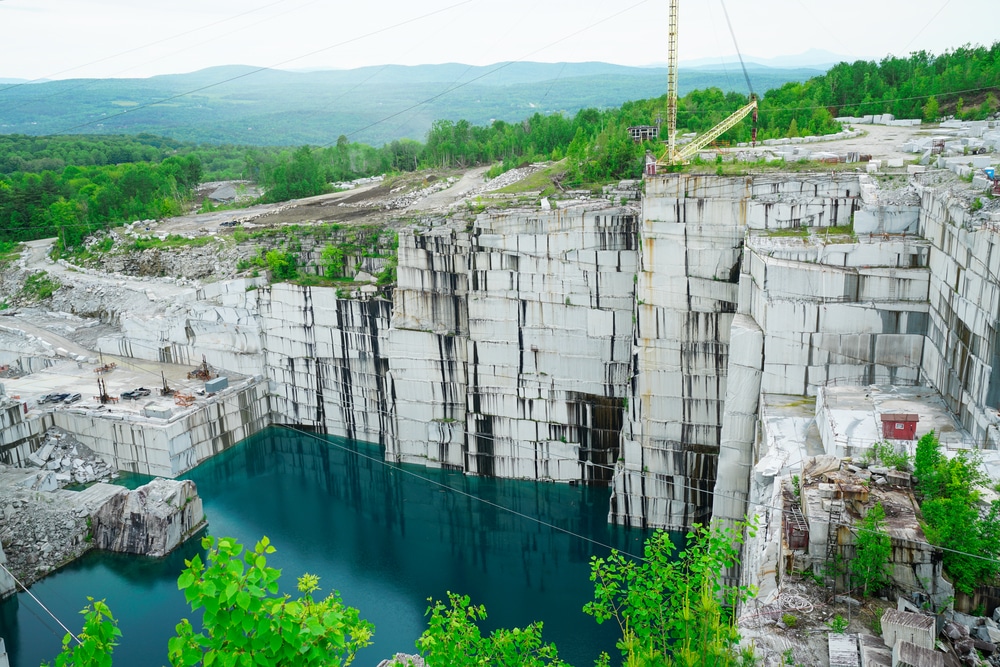Opening Natural Prizes: Granite Quarries in South Africa Revealed
Unveiling the Mysteries of Granite Quarrying: Where Toughness and Style Meet
The globe of granite quarrying is a realm where the raw stamina of nature assembles with human artistry to develop structures that stand the examination of time with an air of beauty. From the midsts of quarries to the precise polishing in workshops, the process of transforming granite into building wonders is an intricate dance of tradition and technology. As we peer right into the depths of this old craft, we start to discover the concealed ins and outs that form the very essence of our constructed setting.
The Origins of Granite Quarrying
In the annals of building background, the origins of granite quarrying are shrouded in a tapestry of ancient workmanship and geological marvels. Going back to ancient Egypt and Mesopotamia, the removal of granite from quarries noted the start of a journey that would ultimately cause the production of several of the globe's most iconic structures.
Granite quarrying's origins can be traced to the experienced artisans that acknowledged the stone's sturdiness and aesthetic allure. With a combination of primitive devices and large determination, these very early quarry employees discovered granite blocks that would certainly end up being the foundation of human beings.
As human beings advanced, so did the techniques of quarrying granite. The Romans, renowned for their design expertise, established advanced techniques for removing granite to create monoliths, holy places, and roadways that stood the examination of time.
The heritage of these ancient quarrying methods remains to form contemporary design, with granite staying a sign of stamina and beauty in building and construction projects around the globe. (granite quarries in south africa)
Tools of the Quarrying Trade
The development of granite quarrying techniques from old human beings to modern times highlights the vital function played by the devices of the quarrying sell shaping the sector's techniques. In ancient times, quarrying devices were fundamental, usually containing knives, hammers, and wedges made from materials like bronze or iron. These tools required substantial workforce and time to essence granite blocks from quarries.

Additionally, the introduction of pneumatic tools and high-powered equipment has actually significantly reduced the physical labor required in quarrying procedures, boosting employee safety and security and performance. As the quarrying market remains to introduce, the tools of the trade remain at the center of driving progression and forming the future of image source granite removal.
Drawing Out Blocks of Granite
Using precision equipment and advanced strategies, the extraction of granite obstructs from quarries has become an innovative process in the modern-day quarrying industry. Regulated blasting strategies are then used to break check these guys out apart the granite right into manageable areas.

Polishing and Ending Up Methods
To accomplish a remarkable surface area on granite blocks, skilled craftsmens employ a collection of meticulous polishing and completing methods. After the preliminary removal and shaping procedures, the granite blocks undertake a detailed polishing stage to improve their all-natural charm and sturdiness. One common technique used in polishing granite is ruby abrasion, where industrial rubies are used to grind and brighten the rock to a smooth surface. This procedure not only produces a glossy surface however additionally guarantees harmony in shade and structure throughout the granite block.
Along with polishing, completing strategies are put on further fine-tune the granite's look. These strategies might include flaming, developing, or cleaning, each offering unique textures and coatings to suit various aesthetic preferences. Flaming, for example, includes exposing the granite surface to high temperatures to create a rough, distinctive surface, ideal for outside applications where slip-resistance is vital. Developing, on the other hand, offers a matte coating that is smooth to the touch, excellent for indoor counter tops and floor covering. By thoroughly picking and applying these brightening and completing methods, artisans can transform raw granite blocks into splendid pieces that showcase both strength and style.

Ecological Influence and Sustainability
With the growing focus on environmental consciousness in the sector, granite quarrying practices are significantly see inspected for their impact on natural deposits and long-term sustainability. Quarrying for granite can have considerable ecological implications. The extraction procedure often includes making use of hefty machinery, dynamites, and huge quantities of water, resulting in environment damage, dirt erosion, and water contamination. In addition, the transport of granite from quarries to processing facilities produces carbon exhausts, better contributing to environmental deterioration. granite quarries in south africa.
To alleviate these effects and make sure sustainability in granite quarrying, sector stakeholders are taking on numerous measures. Carrying out sophisticated innovations to decrease energy consumption and water usage, reclaiming quarried land for ecological restoration, and advertising liable sourcing techniques are some approaches being used. Qualifications such as the Woodland Stewardship Council (FSC) and the Leadership in Energy and Environmental Layout (LEED) aid consumers identify environmentally pleasant granite products.
Verdict
Finally, granite quarrying is a process that calls for specialized tools and strategies to essence blocks of granite and polish them to a high degree of finish. While the environmental impact of quarrying can be considerable, efforts are being made to enhance sustainability practices in the market. Overall, granite quarrying is a fragile equilibrium between using the stamina and elegance of this natural rock while reducing its influence on the environment.